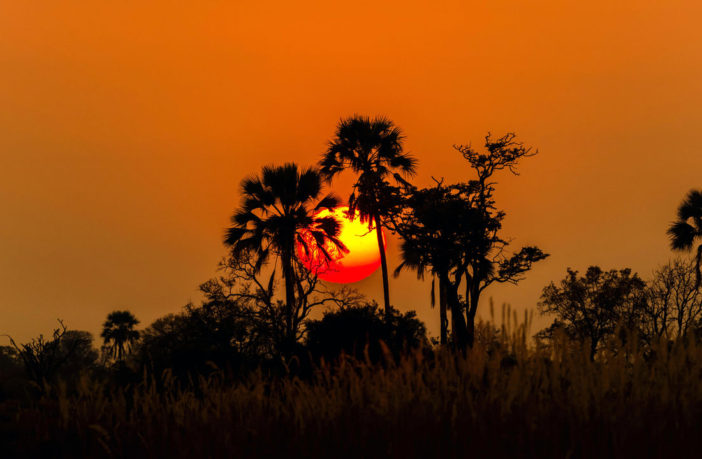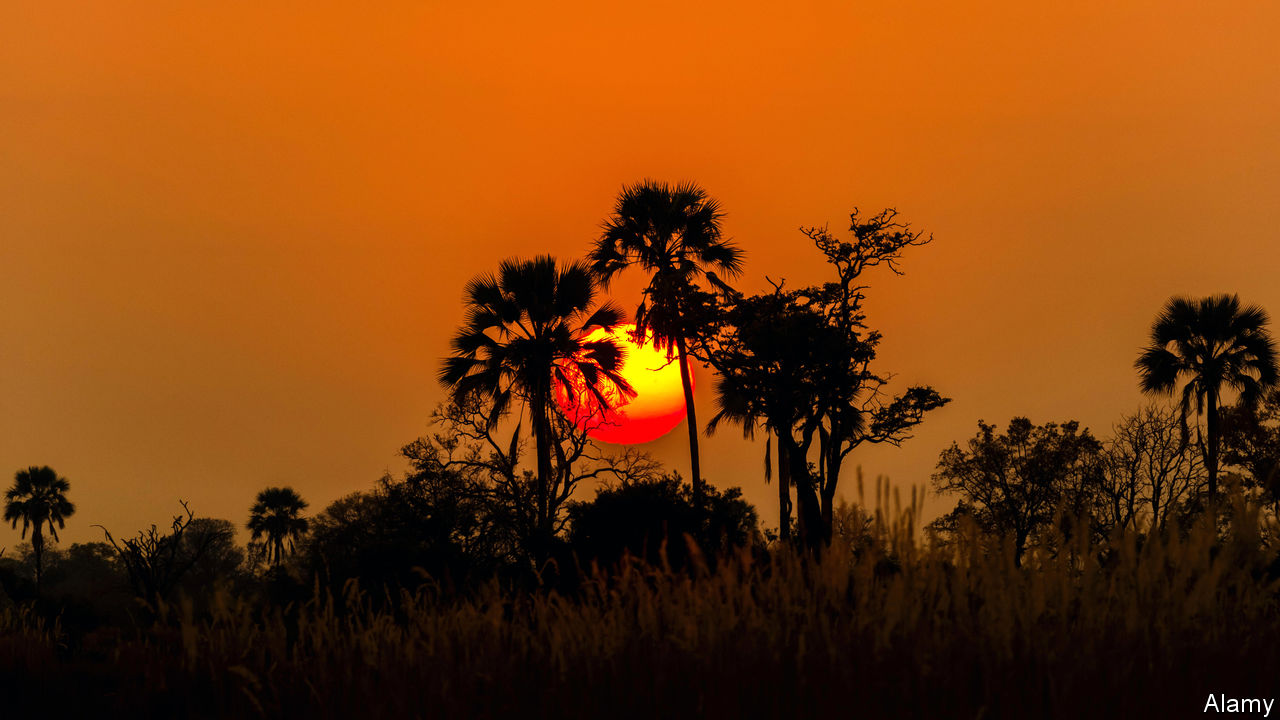The Economist
By L.T. Kampala
It is not just a question of physical geography.
Nine thousand years ago the Sahara desert was a grassland, inhabited by hunters who made rock paintings of hippos and giraffes. For a millennium before the 16th century a flourishing trade carried salt, gold and slaves across the dunes, until Moroccan invasions and Atlantic shipping drove it into decline. Yet today the Sahara is more often seen as a barrier, cutting Africa in two. Academics, policymakers and newspapers—including The Economist—routinely refer to part of the continent as “sub-Saharan Africa”. International institutions such as the World Bank and IMF are internally organised along the same lines. It seems Africa is defined by a wall of sand. But what is “sub-Saharan Africa”?
The answer might seem obvious. Anywhere south of the desert is, geographically, “sub-Saharan”. The first problem is that some countries, like Mauritania, are mostly in the desert itself. And the confusion runs deeper. Consider Somalia and Djibouti, both in the Horn of Africa. They are south of the Sahara, but the IMF oversees them from its Middle East and Central Asia department. The World Bank used to include both countries in sub-Saharan Africa, before moving Djibouti to the Middle East and North Africa in 2000. Meanwhile Eritrea, to the north of both of them, is considered sub-Saharan. And whereas the World Bank includes the Arabic-speaking states of Mauritania and Sudan in sub-Saharan Africa, the IMF does not.








